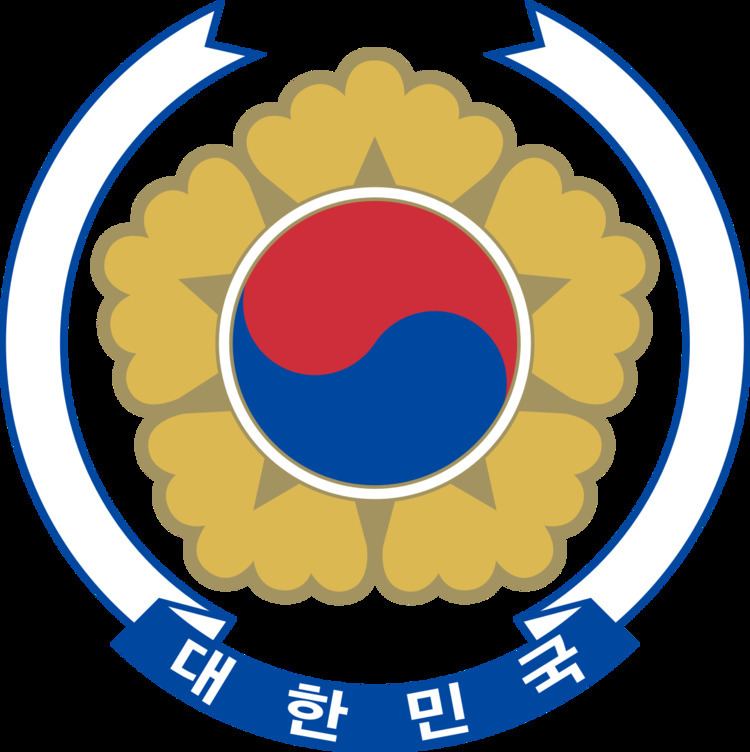 | ||
Elections in South Korea are held on national level to select the President and the National Assembly. Local elections are held every four years to elect governors, metropolitan mayors, municipal mayors, and provincial and municipal legislatures.
Contents
- Election Technology
- 2016 legislative election
- Presidential elections
- Legislative elections
- Local elections
- References
The president is directly elected for a single five-year term by plurality vote. The National Assembly has 300 members elected for a four-year term, 253 in single-seat constituencies and 47 members by proportional representation. Each individual party willing to represent its policies in the National Assembly is qualified on the legislative (general) election if: i) the national party-vote reaches over 3.00% on proportional contest or ii) more than 5 members of the party are elected from each of their first-past-the-post election constituencies.
Since the 2016 legislative elections, South Korea has a three-party system, with two dominant parties and one major third party.
Election Technology
Polling places are usually located in schools. During the absentee or early voting period, voters can vote at any polling place in the country. On election day, voters may only vote at polling places in their registered constituency. Korean voters mark paper ballots with a rubber stamp using red ink. There is one race per ballot paper; if there are multiple office up for election, ballot papers are color coded and voters are issued one ballot per race.
Korea uses a central count model. After the polls close, ballot boxes are sealed and transported to the constituency's counting center. Traditionally, ballots were hand counted, but since around 2012, optical scanners have been used. The scanners resemble cash sorter machines, sorting the ballots into stacks by how they are voted. Stacks are then counted using machines resembling currency counting machines.
Korean elections have been praised as a model of best practice. However, the legality of the introduction of optical scan technology has been challenged and there have been allegations of rigged counting.
2016 legislative election
Seat changes are compared to previous election, not the outgoing Assembly
1 Comparison based on 2012 Democratic United Party result
2 Comparison includes members elected in 2012 for the Liberty Forward Party
3 Comparison based on 2012 Unified Progressive Party result
4 Non-parliamentary grouping: not to be confused with the larger Minjoo Party of Korea, more usually referred to as the Minjoo Party
Presidential elections
Winning party ideology: Conservative · Liberal · Independent
Legislative elections
Winning party: Conservative · Liberal
1946 – 1948 – 1950 – 1954 – 1958 – 1960 – 1963 – 1967 – 1971 – 1973 – 1978 – 1981 – 1985 – 1988
